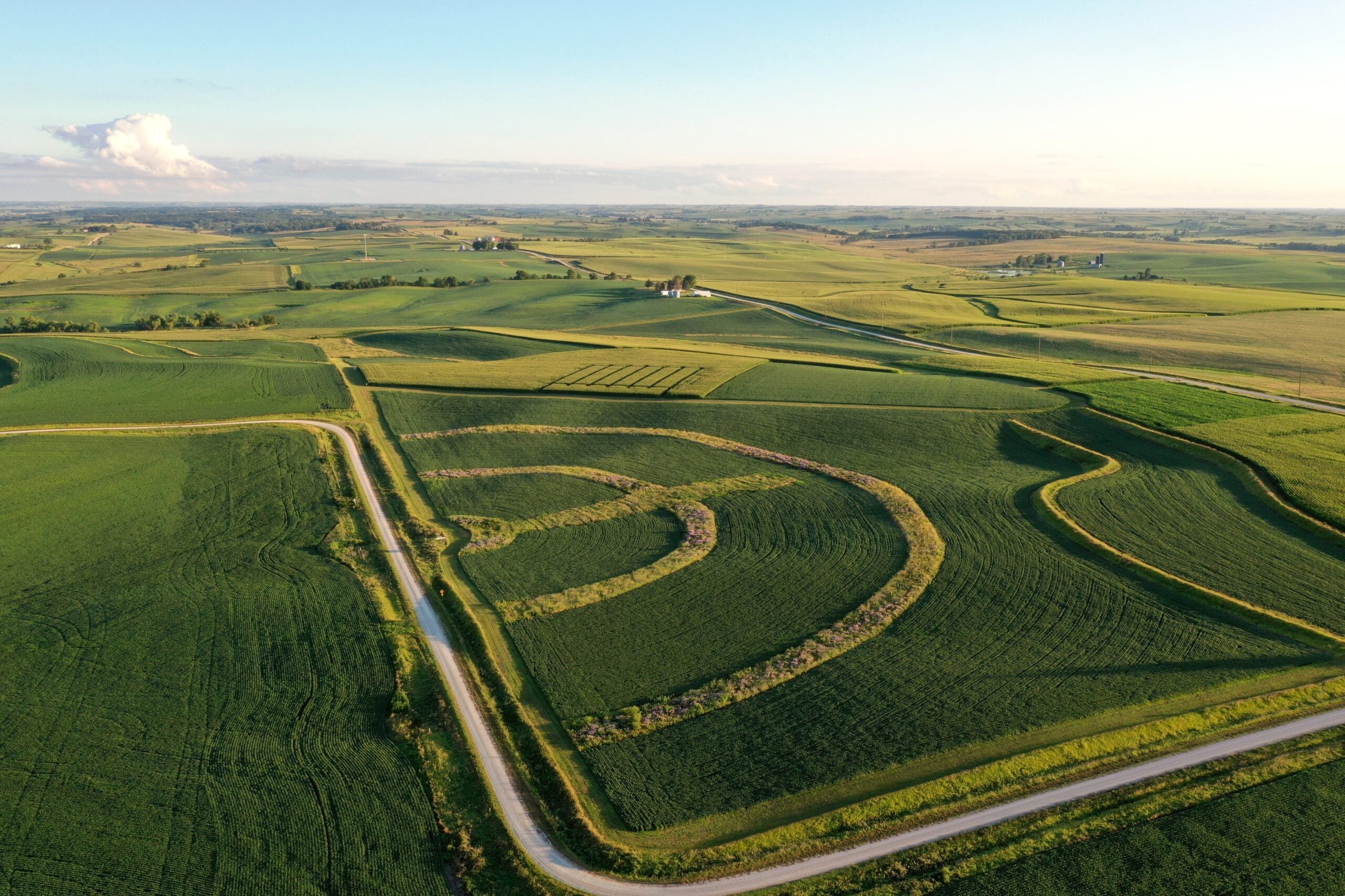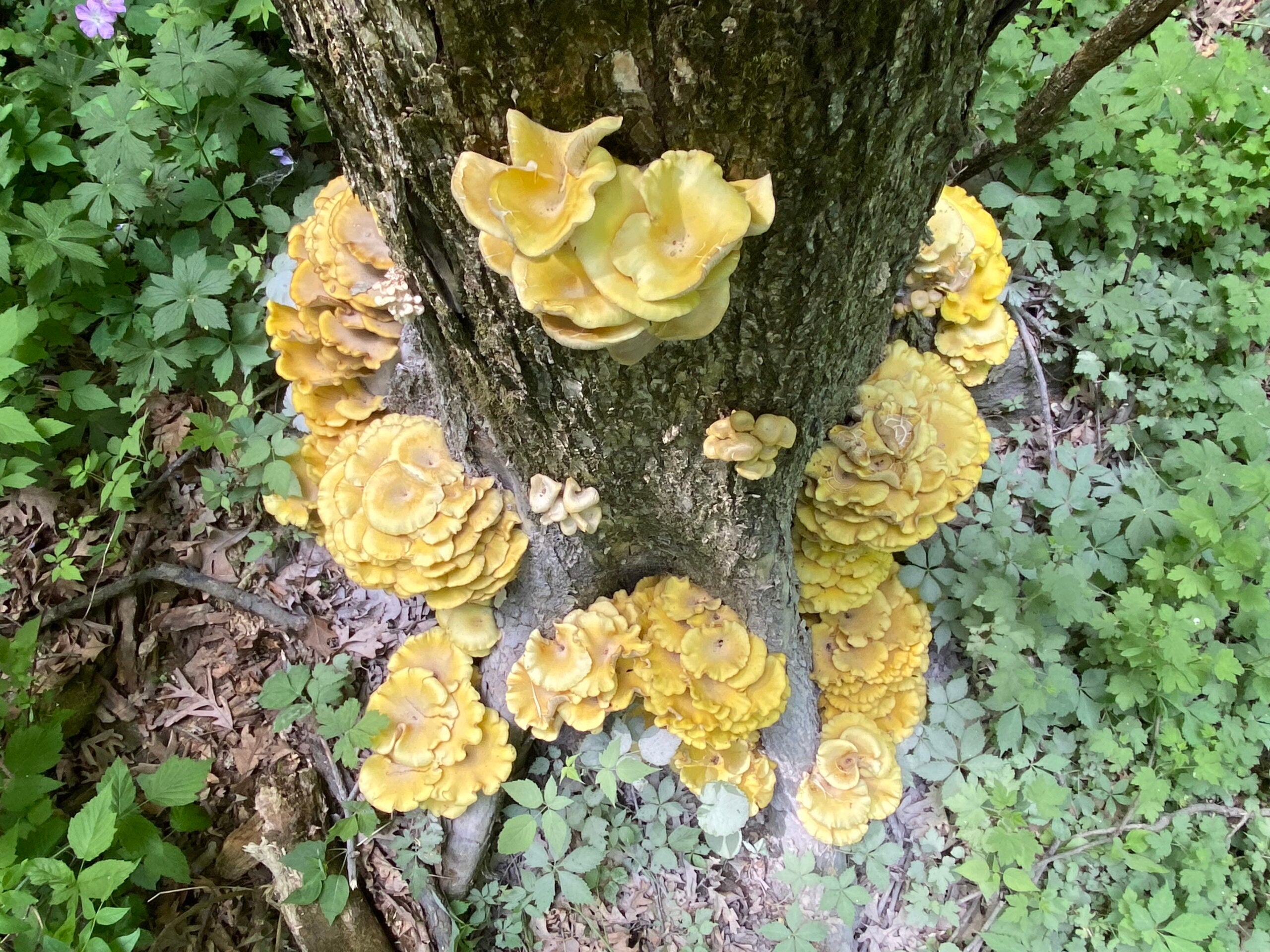New research shows that areas of farmland can benefit from including small prairie areas. We find out how the natural parts of the land help out. For Food Friday, we’re cooking with tahini! Our in-house foodie shares some recipes she’s been creating with tahini, and we take your suggestions as well. Plus, we look at overcrowding in Wisconsin prisons, and what possible fixes are on the table.
Featured in this Show
-
Wisconsin Needs More Prison Space By 2020, Says DOC Secretary
Overcrowding in Wisconsin’s prisons has become an issue in recent years, and action might need to be taken sooner rather than later. Addressing lawmakers yesterday, Department of Corrections Secretary Jon Litscher sayid Wisconsin needs more prison space by the year 2020…or sooner. A reporter looks at what options might be on the table.
-
Small Prairie Plantings In Agricultural Fields Bring Big Rewards
New research shows that prairie plantings that are incorporated with row crops fields can bring a range of benefits. We talk with a Midwestern researcher working to promote the method.
-
Food Friday: Tahini Goes With Everything!
Tahini may not sound familiar, but its simply a delicious paste made from sesame seeds that is most often used in Middle Eastern, Greek, Turkish and North African cuisines. And it turns out, it can be used in many types of dishes, and enhances a lot of other flavors. We’ll check it out in both savory and sweet preparations.
Are you a fan of tahini? What kind of dishes do you use it in? Do you buy it ready made, or do you whip up your own?
Let us know by emailing ideas@wpr.org
You can also contact us here:
Tweet: @centraltimewpr
Facebook: https://www.facebook.com/theideasnetwork/Call during showtime: 1-800-642-1234
-
Small Prairie Plantings Bring Big Rewards In Midwest Farm Fields
Much of the Midwest is dominated by farming: rows and rows of soybeans and corn, with bare soil between the rows.
But before farming took over, the dominant ecosystem was prairie. Researchers at Iowa State University wondered if bringing the two ecosystems together could benefit both.
They tested the idea in 12 small corn and soybean watersheds in central Iowa, planting strips of prairie grasses next to the row plants, collecting data over 10 years.
It worked.
“Farmers started coming forward and saying, ‘You know, I like what I’m seeing, and I want to try this on my farm,’” said Lisa Schulte Moore, a professor of natural resource ecology and management and lead author of the study.
Researchers found that, when planted strategically, the prairie grasses reduced soil erosion and water runoff. They also provided an additional habitat for native wildlife.
Now, Moore said, researchers are moving forward, testing the idea in more than 30 large farms across Michigan, Iowa, Wisconsin and Missouri.
“We want to be able to intercept and basically treat every single drop of water that’s going to be flowing across that field,” Moore said. “We want to slow that movement of the water down, so it’s less erosive to the soils on that crop field to begin with. We want that water to infiltrate into the soil and be taken up by the plants and the nutrients that are moving with that water to be used by those plants rather than running into our waterways.”
She said the prairie strips, as they’re called, are comparable cost-wise to other farming methods used to counter erosion, such as terracing and cover crops.
The ideal prairie strip has a variety of species of perennial grasses and wildflowers, with something in bloom the entire growing season to support the pollinator population.
However, researchers are also helping to customize the strips for each farmer’s needs.
“We’ve targeted something in that 30 species range in most of our work, however some of the farmers that we’re working with, they said pollinators are great but I’m really just interested in keeping my soil,” Moore said. “In that case, they probably don’t need so many species, and they’ve planted a 15-species mix, which is a lot cheaper. In other cases they’ve had farmers that have said, ‘I’m super concerned about the pollinators and I want to encourage as much diversity on my farm as possible.’ So we had one farmer plant 150 different species.”
Researchers are now working with trained collaborators in Iowa, Illinois, Missouri and Wisconsin to spread the idea throughout the region and help farmers implement the method.
Moore said there’s even a push to install prairie strips on University of Wisconsin research and demonstration farms.
“This’ll be great because it’ll make people in (Wisconsin)… come and see and experience, learn about the practice, and see if it really makes sense for their farm,” she said.
Episode Credits
- Rob Ferrett Host
- J. Carlisle Larsen Host
- Chris Malina Producer
- Judith Siers-Poisson Producer
- Molly Beck Guest
- Lisa Schulte-Moore Guest
- Lori Skelton Guest
Wisconsin Public Radio, © Copyright 2026, Board of Regents of the University of Wisconsin System and Wisconsin Educational Communications Board.




